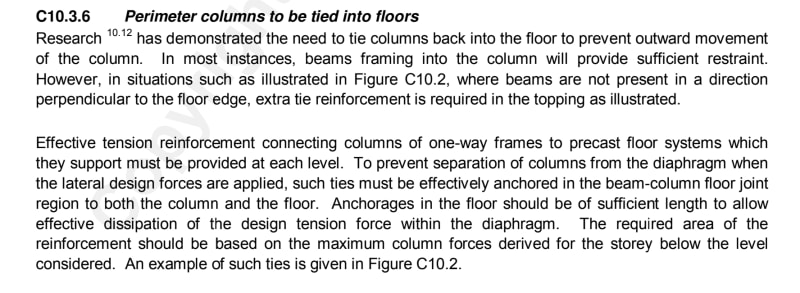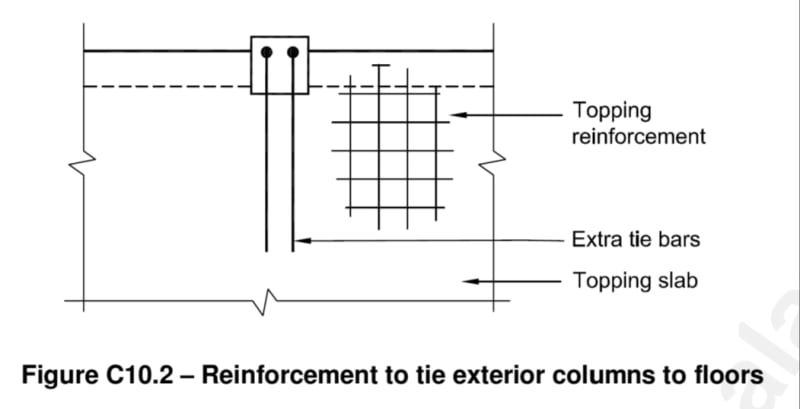Drapes
Structural
- Oct 27, 2012
- 97
With reference to section 6.2.3 and 6.2.5 under Structural Robustness in AS1170.0, does the 5% of the value of G and G+ycQ refer to the total vertical load from all slabs above the connection in question, or just the vertical load from a single slab?



